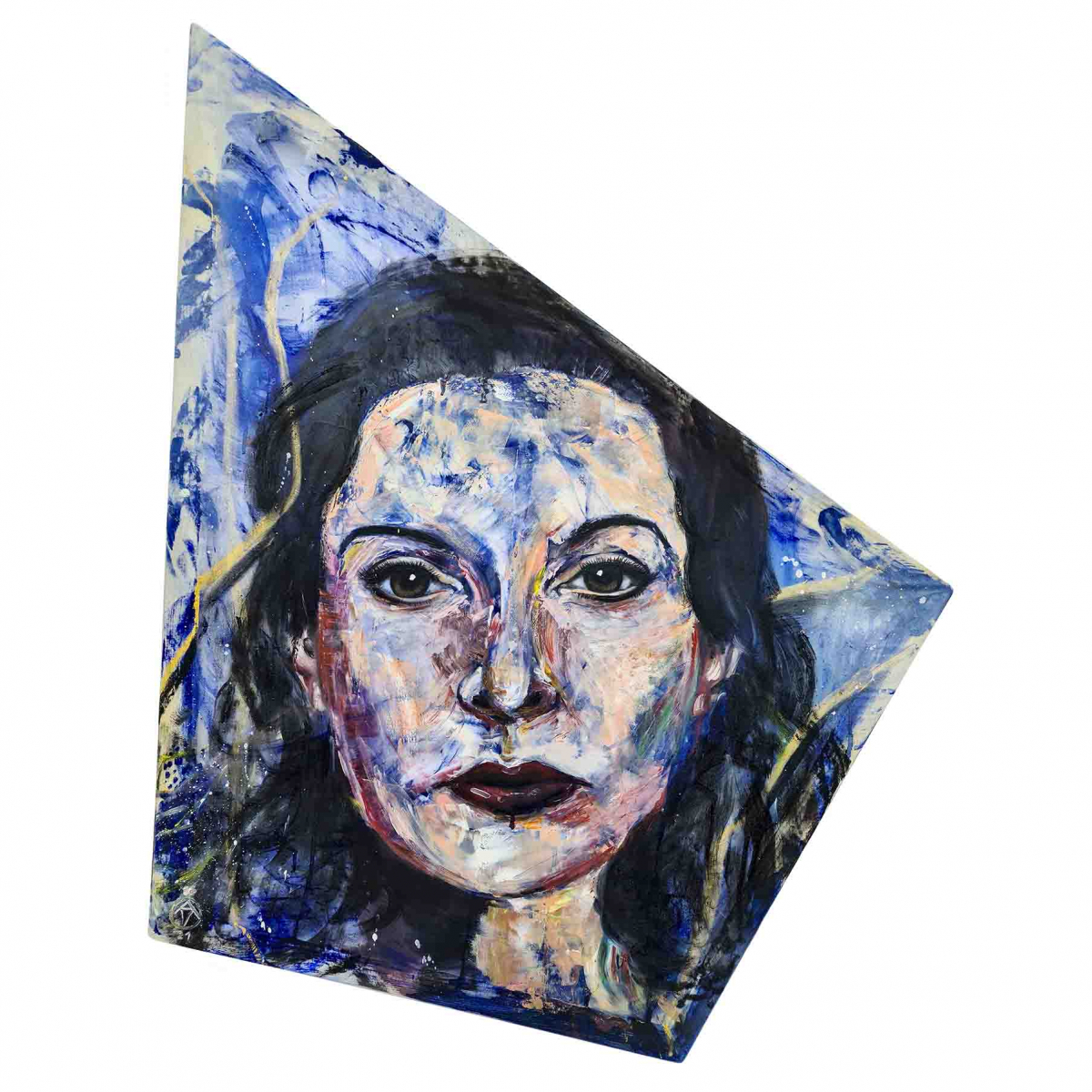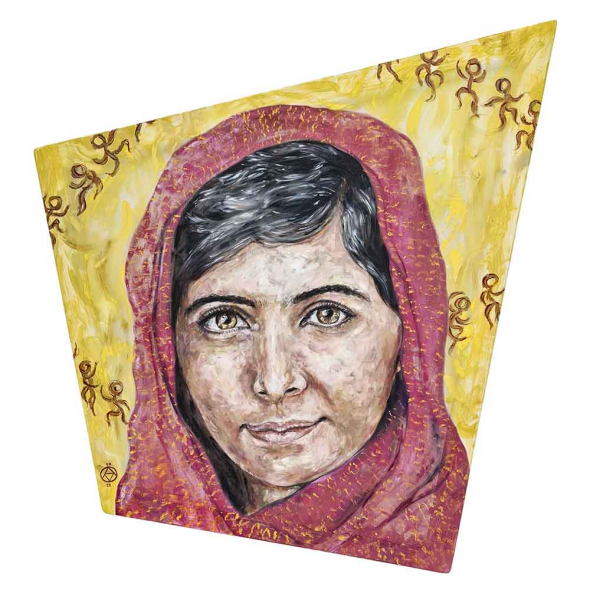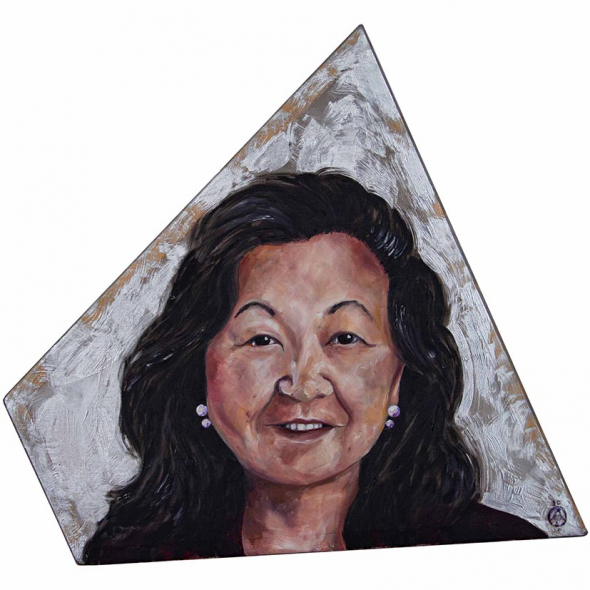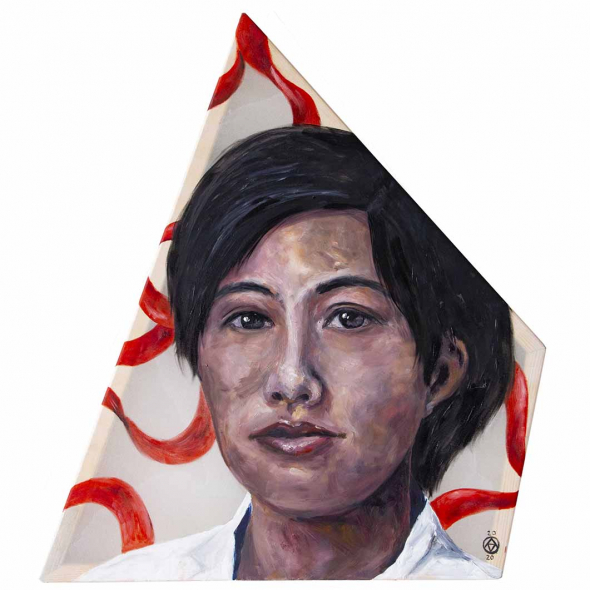All art is designed, on some level, to answer deeper questions about human nature. We accept a need for exploration, risk-taking. Creating art is sending a signal out to the universe, seeing what it beams back in return.
But so often the risks, the questions, are veiled in artistic interpretation or a complex process.
The simplicity of Marina Abramovic’s imagination is one of its most disarming qualities. Raised by strictly religious grandparents amidst a turbulent mother-father relationship that saw a young Marina herself subjected to a 10pm curfew on account of bad behaviour (“showing off” according to her mother), Abramovich developed into an adventurous and thought provoking performance artist known all over the world.
She has, by her own admission, had three abortions for the sake of preserving her career against the distractions of parenthood. In her professional work, time and time again, she has put her body and mind on the line for the sake of deeper human understanding. We need only explore a few of her more famous exhibitions and works to see this in action.
Rhythm 10 (1973)
In Edinburgh a 27-year old Abramovich foreshadowed what would come later with a daring and physically risky show which involved tape recording herself as she stabbed the gaps between her splayed out fingers with a knife in rapid motions, switching knife every time she cut herself, until she had completed twenty cuts, then playing back the audio and trying to reproduce the same movements and mistakes as she travelled back to the near past.
Rhythm 0 (1974)
This was one of her most famous works; Abramovich placed 72 objects on a table and invited audience members to do whatever they wanted to her using these objects, specifying in advance that they bore no responsibility over their actions. The idea was to bring the audience into the performance itself and show the devolution from a shy, polite collective into a violent rabble, the distillation of human nature.
The objects used? They ranged from icons of pleasure and love (honey, rose, olive oil) to instruments of violence (a whip, thorns, a gun and bullet).
Notably, Abramovich herself described the resulting image of what the audience had done to her, stripping her off and defiling her physical body, as "Madonna, mother, and whore."
Balkan Baroque (1997)
As part of the Venice Biennale that year, Abramovich staged her own response to the genocide perpetrated in the early 90s during the war in Bosnia. She scrubbed thousands of bovine bones covered in blood, showing the impossibility of removing blood from bone (symbolising the ever-bloody hands of those guilty of genocide) and performing this stench-ridden ritual alongside interviews of her parents and a rat-catcher.
The performance secured Abramovich the Golden Lion award at the Biennale.
The Artist Is Present (March–May 2010)
Arguably her most iconic work, Abramovich installed herself for two and a half months in the Museum of Modern Art in Manhattan and invited visitors to sit in front of her. She spent the entire period of the performance in that space and sat across from 1,545 different people, including a number of celebrities such as Alan Rickman, Lou Reed and Bjork.
Most famously, her ex lover and collaborator in previous works, Frank Uwe Laysiepen (known as Ulay) surprised her by arriving at the exhibition’s opening morning and sat as one of the participants. This followed a 22-year period in which they hadn’t seen each other and culminated in a poignant online video of the session.
Teaching
As part of her teaching she asked her students to write an idea on a sheet of paper every day and if it was good it went into the “good” pile and if it was bad they put it into the trash can they kept. And they had to do it for 3 months. After 3 months she went through the ideas with them, but instead of looking at the “good” ones she emptied the trash cans and went through them. The ideas that were rejected turned out to be more endearing and interesting. She suggests that doing something unknown, weird, something that scares you, is the only way to grow as an artist. Perhaps this also applies to other things in life - if you want to grow as a human, do one thing that scares you from time to time, get rejected, fail and embrace it, just as you embrace success, whatever it may be.



